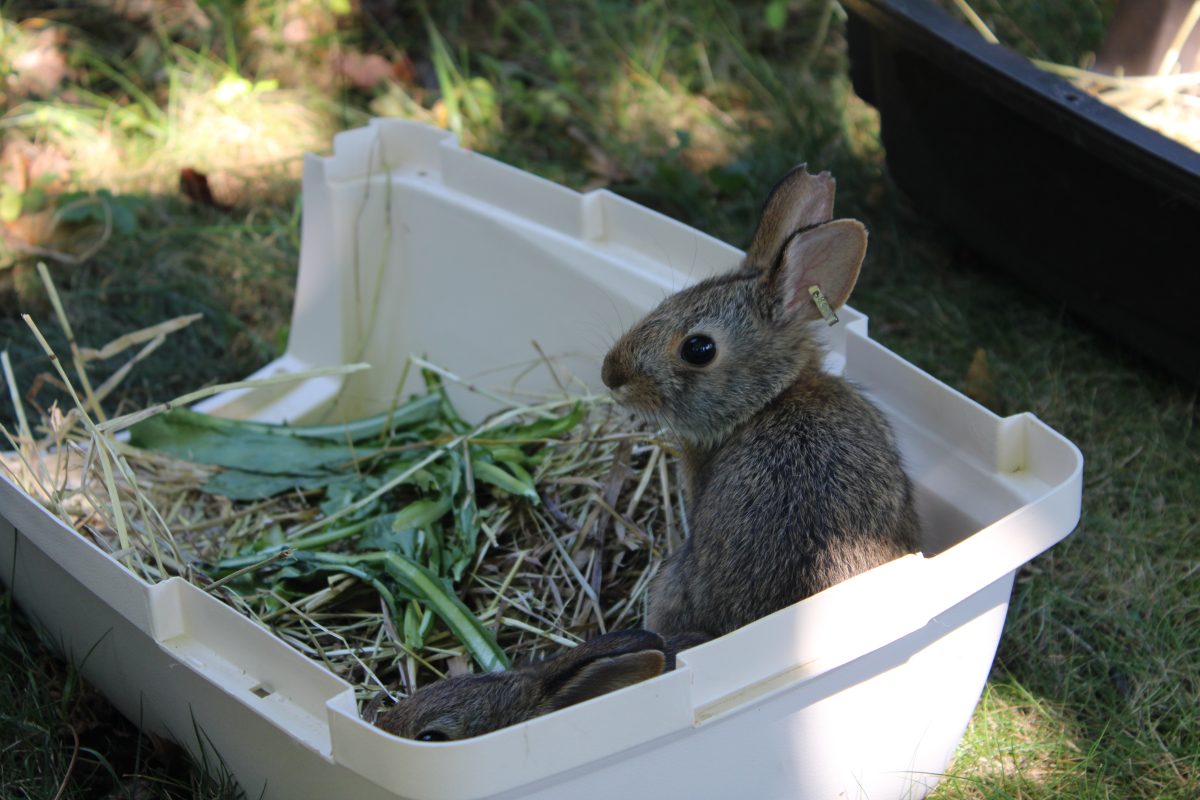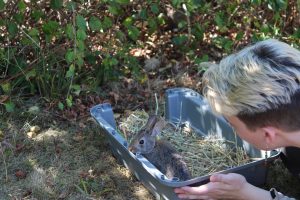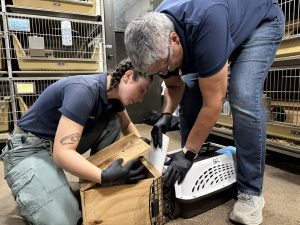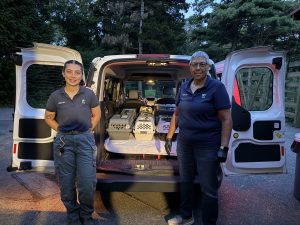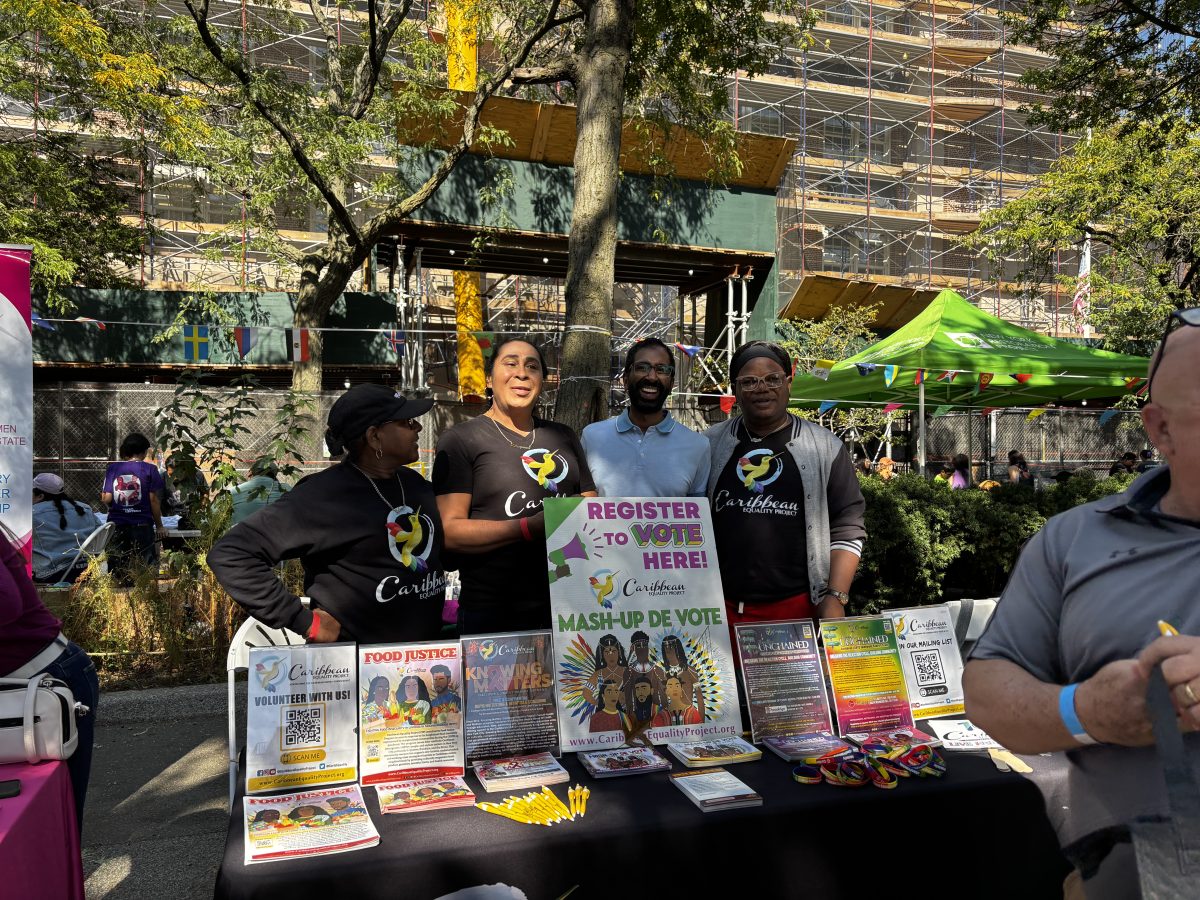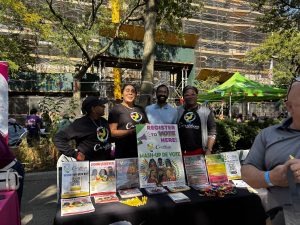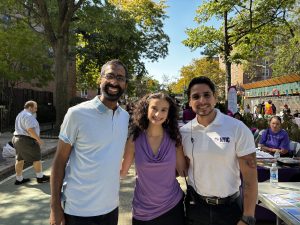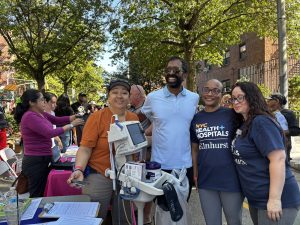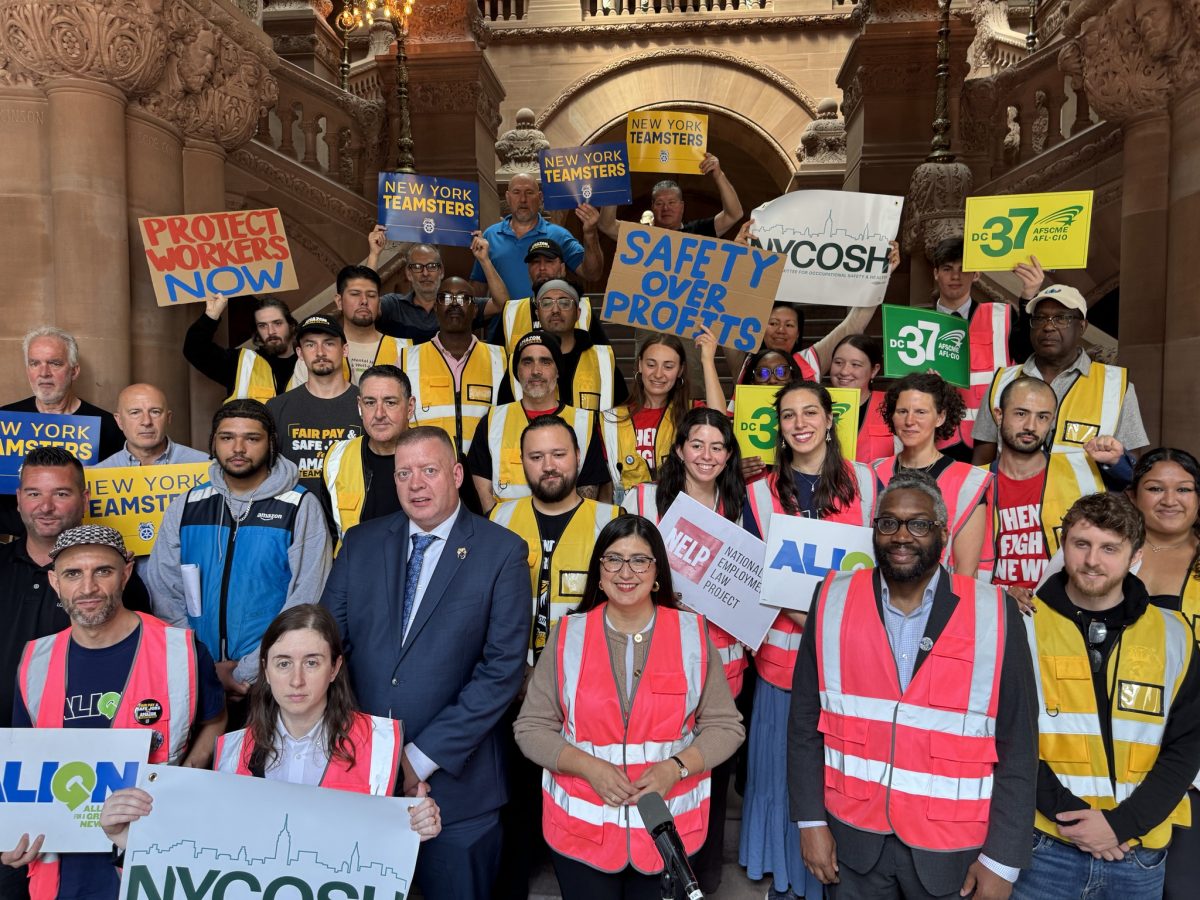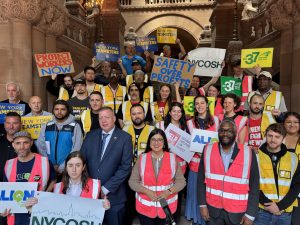Judge Orders City to Resume Negotiations with Queens Garden
The Jardin de Santa Cecilia Gentili, formerly known as Sunset Community Garden, was facing immediate eviction after members condemned Zionism.
BY COLE SINANIAN
At a federal district court house in Downtown Brooklyn on Friday, US District Judge LaShann DeArcy Hall ordered NYC Parks to resume negotiations with the Jardin de Santa Cecilia Gentili, a community garden in Ridgewood that the City had moved to evict after a neighbor complained its community values statement — which condemns Zionism, anti-semitism, nationalism, transphobia and “all forms of hate” — was discriminatory.
The City had previously terminated the garden’s license in May and issued a notice in August directing gardeners to vacate the space — located at the intersection of Onderdonk and Willoughby Avenues in Ridgewood — by September 3rd. The case had been moving through State court, but after a judge sided against the gardeners in July, the garden’s legal team re-filed in federal court, seeking a preliminary injunction to halt eviction.
Judge Hall gave the gardeners and the City until November 7th to negotiate outside of court, asking the City’s lawyers to tell NYC Parks they must come to an agreement with the garden and present it to her on the 7th.
The City alleged the gardeners had failed to adjust their community values to comply with public space rules and that a small memorial to Cecilia Gentili, a deceased neighbor and trans-rights activist, violated Parks’ rules. The City received complaints about the garden through City Councilmember and staunch Israel supporter Robert Holden, who submitted them on behalf of a neighbor named Christina Wilkinson. Wilkinson had been involved in the garden’s development in the early 2010s, but was no longer involved by the time the garden opened in 2023.
But the gardeners, who are the plaintiffs in the case, argued that the City’s termination of the garden’s license based on the content of its values statement constitutes viewpoint discrimination, violating their First Amendment rights. And an NYC Parks official had admitted that the City rarely enforces rules on art installations in public gardens, which the garden’s legal team has argued is evidence of selective and discriminatory enforcement as the art piece in question honors a transgender woman. Successful eviction of the gardeners on behalf of a single disgruntled neighbor would set a dangerous legal precedent, the plaintiffs argued, and would embolden critics to employ the City’s power as a cudgel to silence marginalized groups.
“It would unleash a chilling effect across the city, sending a clear command: censor yourself — surrender your Constitutional rights — or risk license termination and harassment,” wrote Niki Cross, the garden’s co-counsel, in a prepared statement to Judge Hall.
Cross addressed the courtroom draped in a black keffiyeh — a traditional scarf known to symbolize solidarity with Palestinians — while the garden’s attorney, Jonathan Wallace, sat silently, sporting a low gray ponytail. Besides NYC attorneys Leslie Spitalnick and Blake Ahlberg, the City’s side of the courtroom was empty. About a dozen observers sat on the gardeners’ side, several of whom wore keffiyehs as well. In the minutes before the hearing began, an observer on the garden’s side distributed a pamphlet titled “The Land and the People: Community Gardens in NYC.”
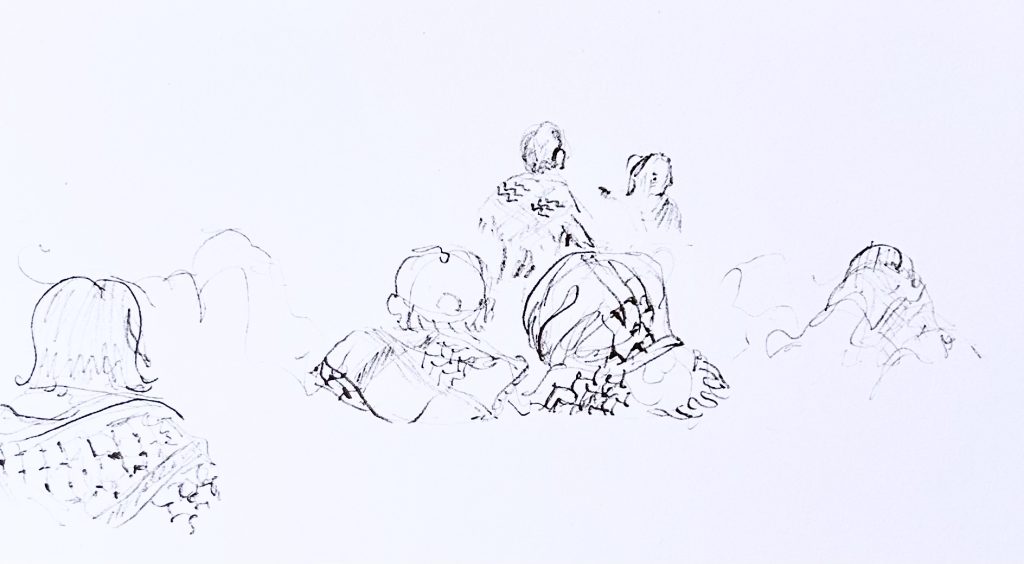
A courtroom sketch by Melo Davis.
Cross argued that since the community values were written by private citizens who do not represent the City, they are protected by the First Amendment. Cross then addressed the Gentili memorial, asserting that it was targeted not because of City rules, but because of the message it memorializes a transgender activist. The gardeners provided evidence in a series of NYC Parks Instagram posts that depicted another, much larger wooden art installation in the garden that the City had not enforced, and in comments made by Carlos Martinez, director of NYC Parks’ Green Thumb program — which administers community gardens. He told gardeners in a meeting that the City tries to “turn a blind eye” to enforcing art installations because they are “part of the vibrancy of gardens.”
Ahlberg delivered the City’s defense, arguing that the gardeners’ request for injunction was invalid since proceedings began in State court had been re-filed in federal court. He then characterized language in the community values — particularly the mention of Zionism — as likely to discourage members of the public from joining.
Judge Hall expressed frustration that the case was in federal court at all, and criticized the City for halting negotiations with the garden. She also criticized the gardener’s discrimination claim and insisted that the City responding to a complaint is not equivalent to discriminatory animus.
According to Cross, the City confirmed it would not evict the gardeners before November 7.
“If negotiations fail for whatever reason, we will resume litigation, with the next step of seeking an injunction again if necessary,” Cross wrote in an email statement.
Since it opened in 2023, the Jardin de Santa Cecilia Gentili has grown into a highly productive operation, producing hundreds of pounds of fresh fruit and vegetables. The gardeners deliberately built it as a safe space for Ridgewood’s queer, trangender and immigrant communities, though they maintain that no one has ever been turned away and that all are welcome in the garden. The community values statement that triggered the initial complaint was the democratically agreed-upon result of months of meetings and votes, and were intended to ensure inclusivity, gardeners say. This intent has been misconstrued— a series of New York Post articles falsely characterized the gardeners as antisemites, which gardeners say couldn’t be further from the truth.
“As a Jewish person, I have always felt safe and accepted at the Garden,” wrote Jewish garden member Marcy Ayres in an affidavit. “With the response from the City and GreenThumb, I feel like they are endangering our safety, including my safety and that of the Garden’s other Jewish members.”


